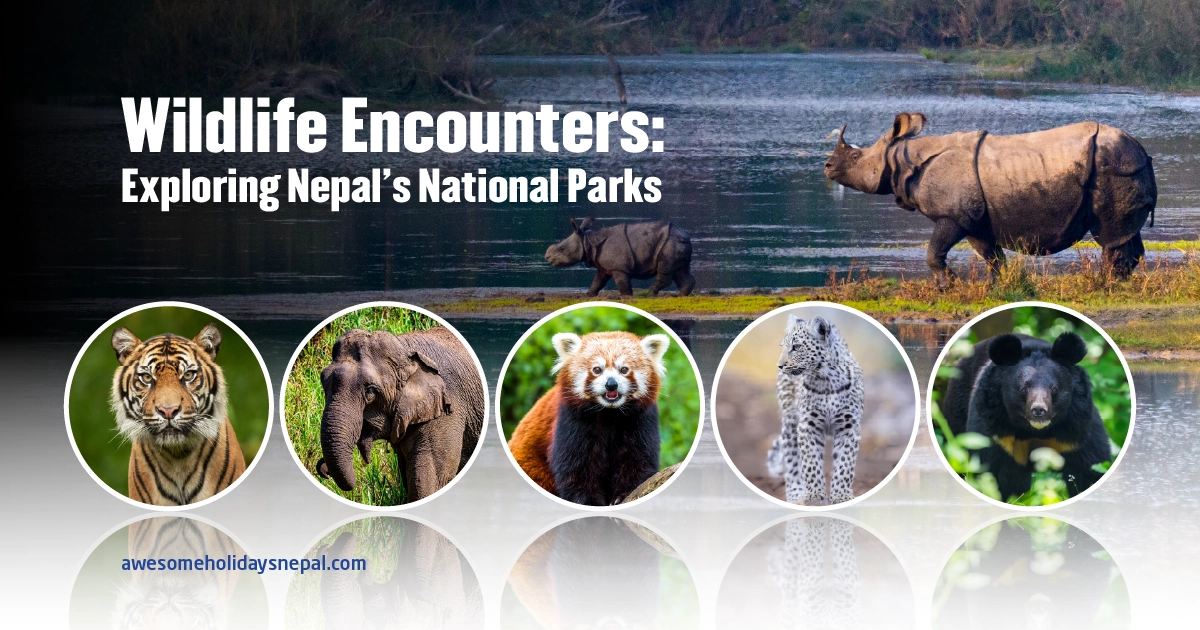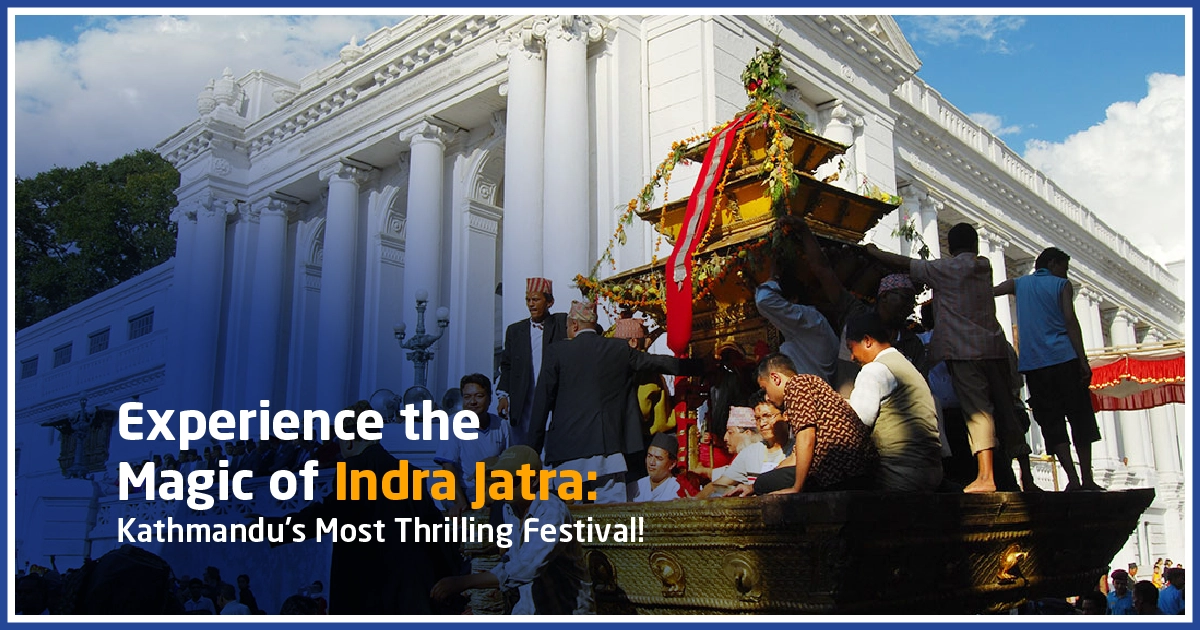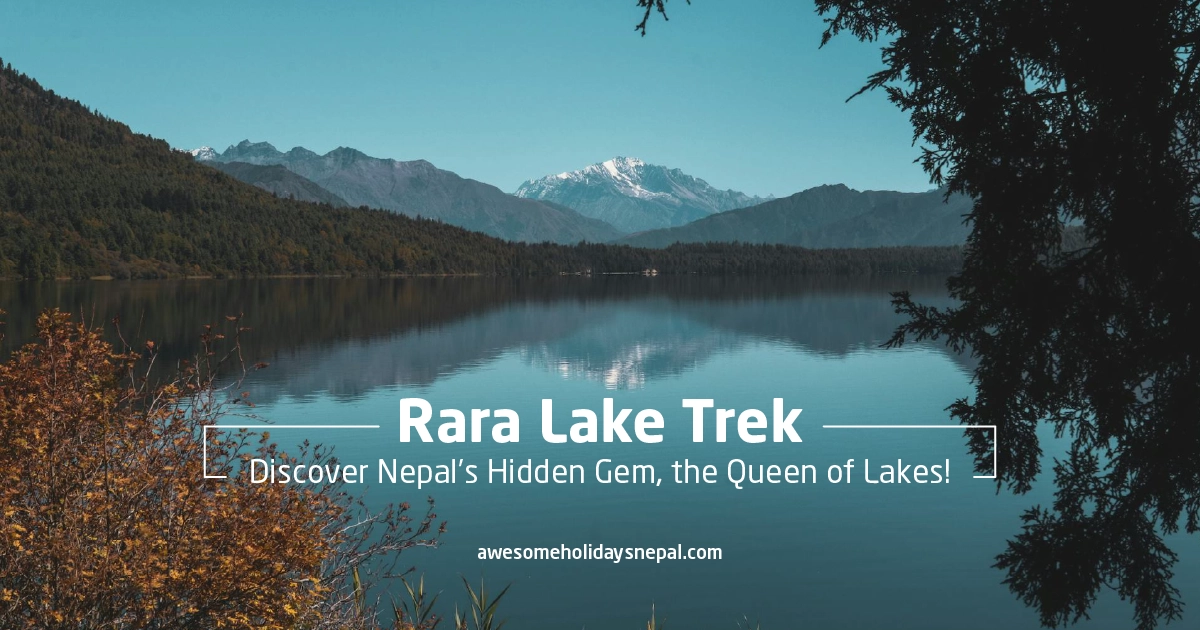Tea House Trek in Nepal: A Complete Guide for Trekkers
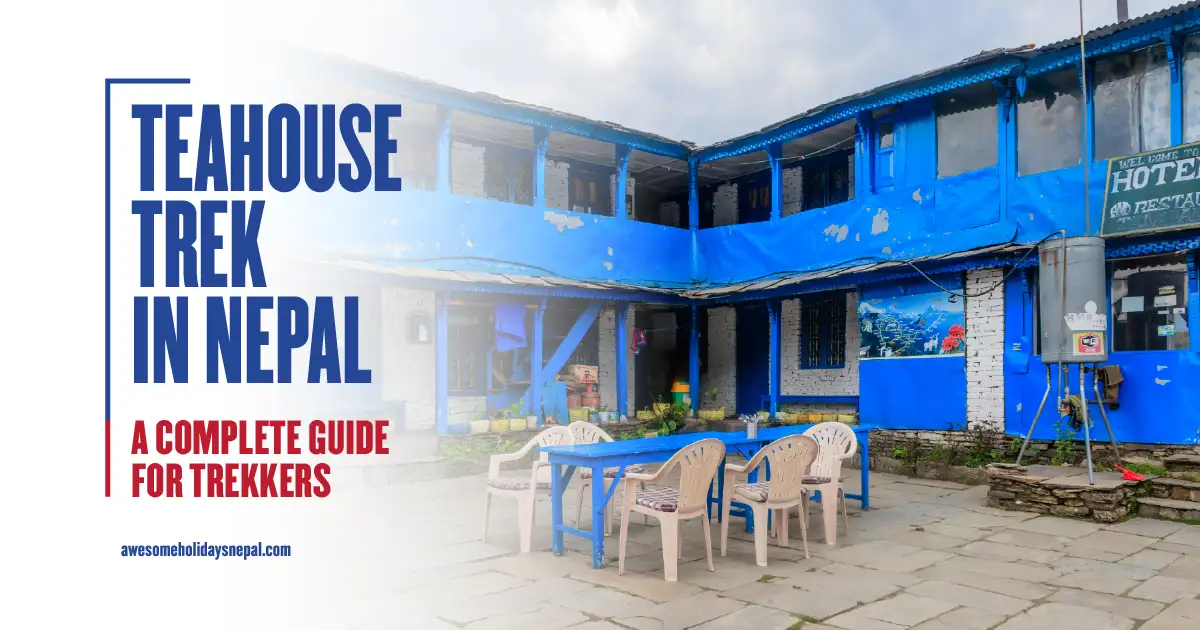
Trekking in Nepal is more than just a walk in the Himalayas. The cultural, scenic, and soulful experience, and teahouse trekking, is the best way to immerse yourself in it. A teahouse trek in Nepal offers not only breathtaking landscapes but also affordable accommodation, hearty food, and the chance to connect deeply with local communities.
In this comprehensive guide, we’ll walk you through everything you need to know about accommodations on Nepal treks, facilities in teahouses, and the food available on Nepal treks, helping you prepare for an unforgettable Himalayan adventure.
Let’s dig deeper into the Tea House Trek in Nepal and how one can guide the guests through it.
What is a Teahouse?
A teahouse is a small, locally run, guesthouse-like amenity located along trekking routes in Nepal. Different than camping treks that require tents and cooking utensils, teahouse treks offer basic yet comfortable accommodation and food options. Teahouses make the mountains more accessible to anyone, from seasoned mountaineers to casual solo hikers.
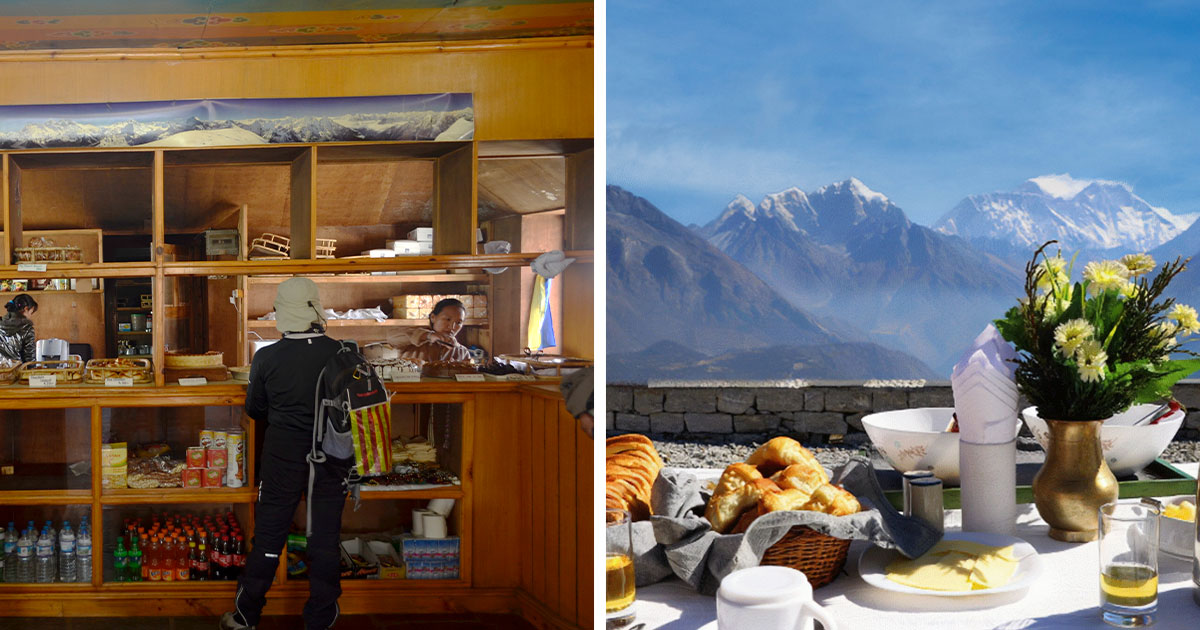
These teahouses are often run by families, built with locally available resources like wood, mud, and stone, and designed to serve trekkers with hot and delicious meals, beds, and warm hospitality.
The teahouses also provide an essential support system in the trekking industry by creating an environment to interact with local culture while remaining budget-friendly and flexible.
What to Expect in a Teahouse
Facilities provided by teahouses differ based on region, altitude, and remoteness, but here’s what you can generally expect:
Accommodation
The accommodation is normally basic rooms with two single beds, bedding, and a blanket, and provided on a twin-sharing basis. You can have a single bedroom with a few extra pennies.
The walls are made of wood or claystone, which is enough to block out the cold mountain breeze. But the teahouses in the Annapurna region and the Everest region are much more advanced, providing modern luxury facilities nowadays.
The bathrooms in the teahouse during trekking are on a shared basis. Private bathrooms can be found in upgraded lodges, especially in the Annapurna and Everest regions.
Most of the teahouses provide the option for hot showers, but usually at extra cost, especially at higher altitudes where LPG or solar heating is used.
During peak seasons and winter, it’s a good option to bring a sleeping bag and ask for an extra blanket if needed.
Food on Nepal Treks
Teahouse trekking has the option for both local and international meals.
Dalbhat power—24 hours—is a common saying in the mountains. The iconic dal bhat (lentil soup, rice, and vegetables) is a staple that provides nutrition and unlimited carbohydrates that even help to stay safe from altitude sickness in the high Himalayas.
Other popular dishes during the teahouse trekking are Mo: Mo, noodles, pasta, pizzas, pancakes, fried rice, soups, and spring rolls. The cost of food and beverages increases at high altitude, as most food is prepared using local ingredients and cooked fresh.
Drinks
Clean and healthy water is a must during any trek in Nepal. Bottled water is available throughout the trekking routes. But the use of such mineral water increases the amount of plastic in nature, which is not environmentally friendly.
The teahouses provide an option for boiled and filtered water, usually for a small fee. The water in the mountainous region comes from melting snow and glaciers. Carrying some water-purifying solution like AquaTab can be eco-friendly and budget-friendly.
The teahouses serve hot garlic soup, ginger lemon honey tea, masala tea, and instant coffee. Meat and milk are very hard to find in the high-altitude teahouses.
Other facilities provided during the Teahouse Trekking:
Modern teahouses, especially in the Everest and Annapurna regions, now include:
Your electronic devices can be connected to Wi-Fi for a small fee. You can also charge your devices, mobile phones, and power banks on an hourly or per-device basis.
Almost all tea houses have a large central room to talk, dine, rest, and interact with each other. These rooms have a central heating facility to relax after a hike and share company and stories.
Basic toiletries like soap and toilet paper are provided by the teahouses, but bring your own just in case. However, remote areas like the Manaslu or Makalu regions that have fewer or more basic facilities may not meet your expectations.
Cultural and Social Experience
One thing everybody in the world likes about Nepal is our cultural richness. These teahouses highlight the cultural exchange during teahouse trekking in Nepal. Teahouses let tourists interact with locals wearing traditional dress and speaking regional dialects. During trekking, foreigners can learn how to make Gundruk (fermented spinach, one of the iconic foods of Nepal) or watch people rolling mo: mo dumplings.
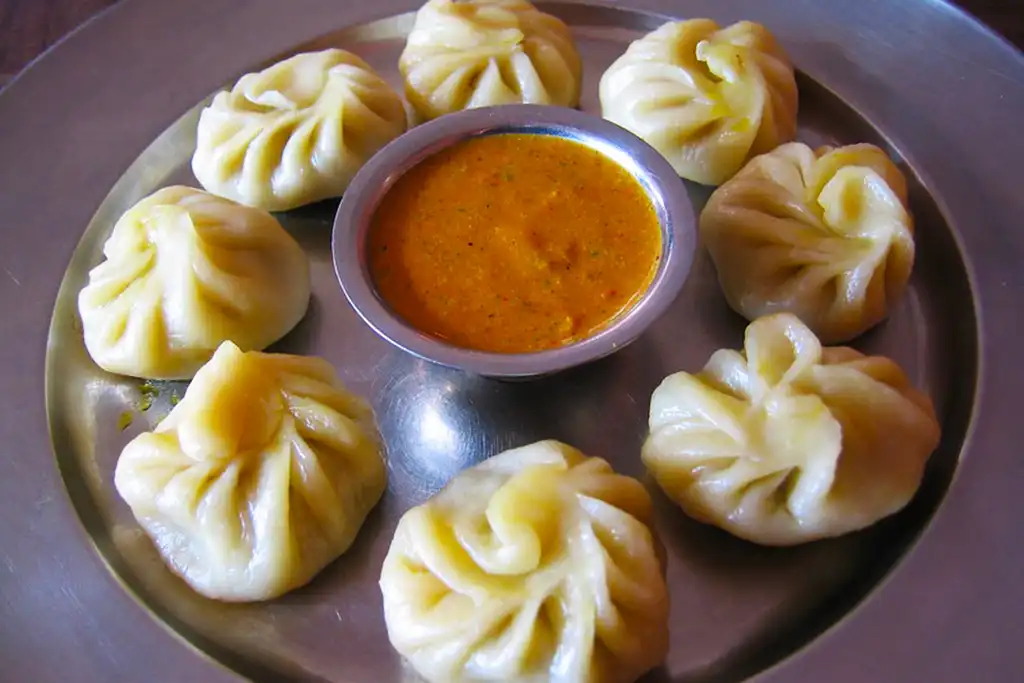
Some tourists also love to share dining tables with other visitors or trekkers and share stories by the fire.
The teahouse trekking in Nepal is full of surprises. You can visit nearby monasteries and Buddhist chortens and enjoy traditional music using instruments like the Madal and Sarangi.
6 Best Teahouse Treks in Nepal
Here are some of the most popular teahouse treks in Nepal:
1.Everest Base Camp (EBC) Trek
Duration: 14 days
Highest altitude: EBC- 5,364 m, Kalapatthar- 5,545 m
Difficulty: Strenuous
Best season: Mar-May, Sep-Nov
Highlights:
- Views of Mount Everest, Khumbu Icefall
- Visit Sherpa villages and monasteries
- Well-established teahouses with decent facilities
2.Annapurna Circuit Trek
Duration: 22 days
Highest altitude: 5,416 m
Difficulty: Strenuous
Best season: Feb-May, Sep-Dec
Highlights:
- Thorong La Pass (5,416 m)
- Diverse terrain from subtropical forests to high alpine
- Sacred sites like Muktinath, Kaagbeni
- Modern teahouses in major villages
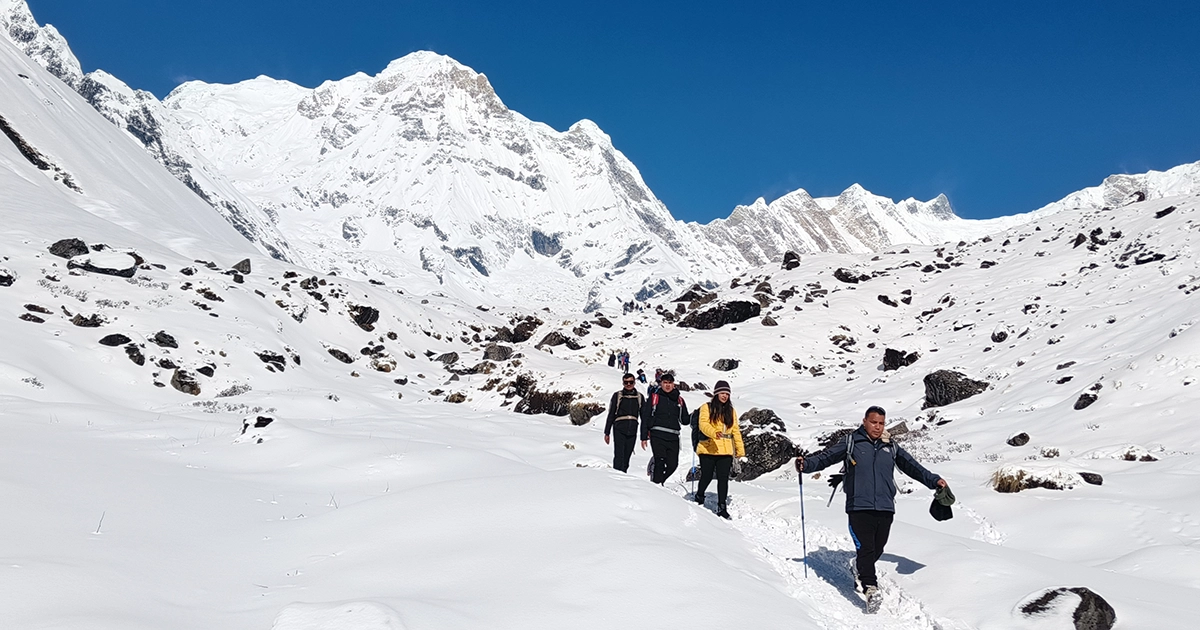
3.Annapurna Base Camp Trek
Duration: 14 days
Highest altitude: ABC- 4130 m
Difficulty: Strenuous
Best season: Feb-May, Sep-Dec
Highlights:
- Stunning views of Annapurna I and Machapuchare
- Hot springs and lush forests
- Comfortable teahouses with WIFI and hot showers
4.Ghorepani Poon Hill Trek
Duration: 9 days
Highest altitude: 3210 m
Difficulty: Moderate
Best season: Mar- May, Sep- Dec
- Sunrise views from Poon Hill
- Rhododendron forests and Gurung villages
- One of the easiest teahouse treks in Nepal
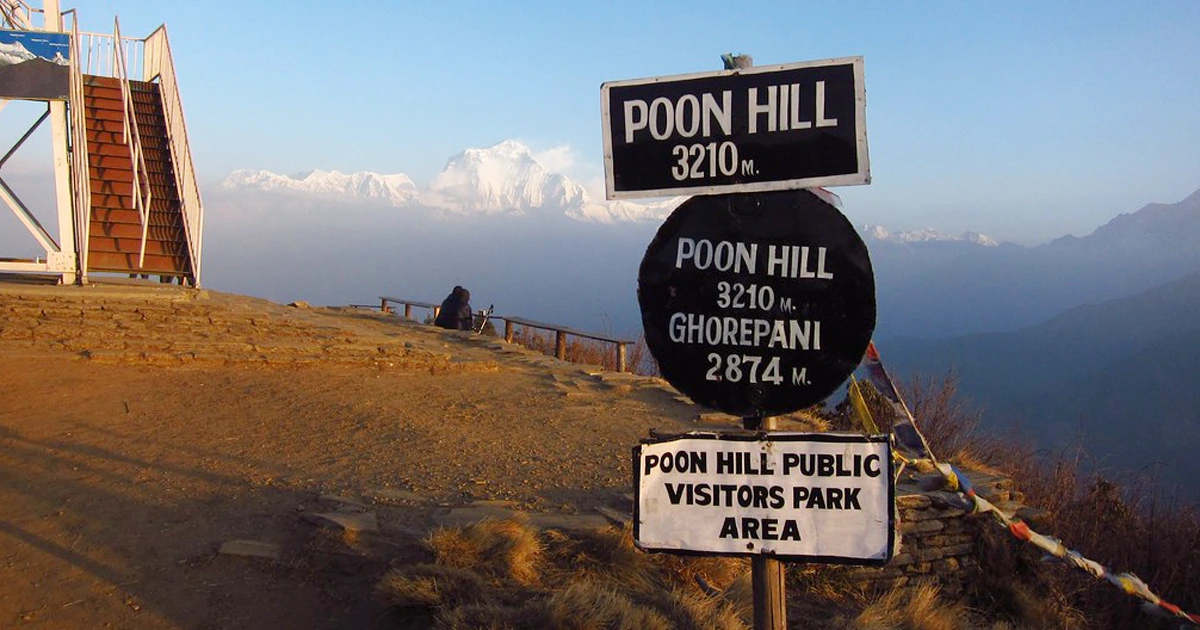
5.Langtang Valley Trek
Duration: 10 days
Highest altitude: 4,984 meters at Tserko Ri
Difficulty: Moderate
Best season: Mar- May, Sep- Dec
Highlights:
- Langtang National Park
- Witness animals like the red panda
- Kyanjin Gompa Monastery
- Teahouses rebuilt after the 2015 earthquake
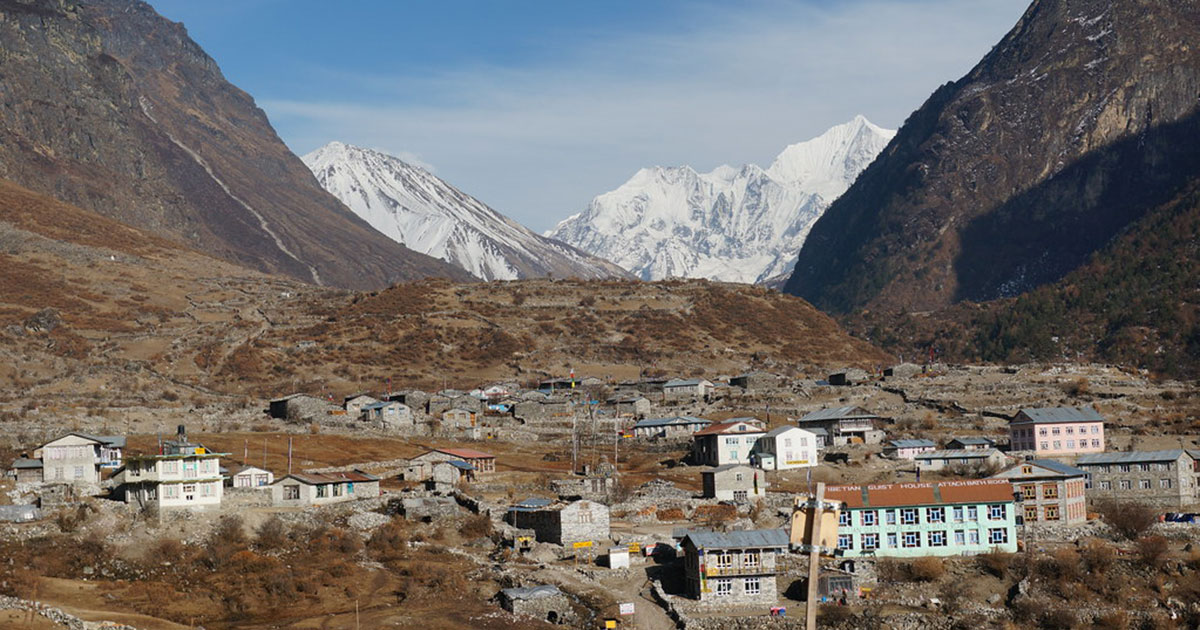
6.Manaslu Circuit Trek
Duration: 16 days
Highest altitude: 5,106 m
Difficulty: Challenging
Best season: Fall-Spring
Highlights:
- Remote and culturally rich
- Fewer trekkers, more authentic experiences
- Limited but sufficient teahouse options
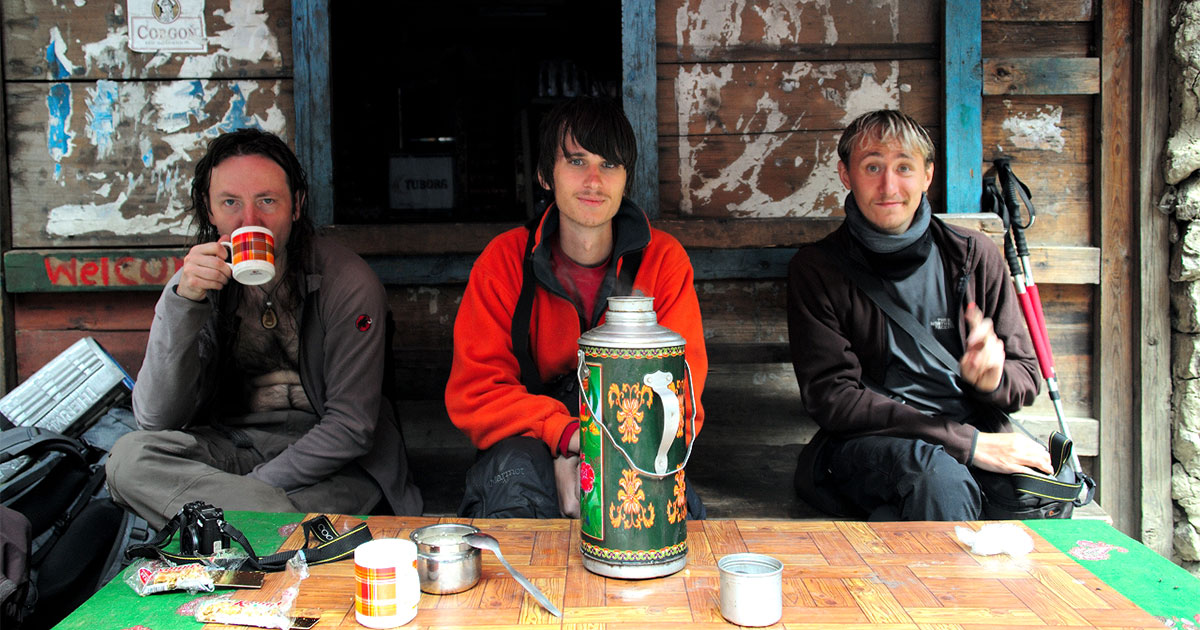
Teahouse Etiquette & Practical Tips
Trekking through Nepal’s majestic Himalayas is more than just a physical journey—it’s a cultural immersion at every teahouse stop. From shared meals of nourishing dal bhat to the simple warmth of yak-dung–fueled stoves, teahouses reflect Nepal’s resilient spirit. Being mindful of local customs and sustainable practices ensures that your presence supports, rather than disrupts, these fragile mountain communities.
- You need to order dinner early so the kitchen can prepare fresh food and help you to start your trek early.
- Teahouses are easy to stay in and cheaper. They earn a profit from the food and beverages they sell to foreigners. Eating from them will support them financially.
- It’s not necessary to pay before your dinner, but you can pay before leaving the next morning.
- Respecting local customs by not entering kitchens or religious shrines without permission.
- Some of the walls may be thinner and may disturb your sleep. Carry earplugs for sound sleep.
- Avoid using plastic water bottles and always throw your waste in bins or bring your waste to be a responsible tourist.
- Most of the teahouses accept digital payments (e-Sewa, QR codes). Yet, carry cash in Nepali currency in remote regions.
Know Before Starting Teahouse Trek
- Get your trekking permits (TIMS and respective national park entry). E.g., ACAP, Sagarmatha National Park Permit, Khumbu Pasang Lhamu Rural Municipality Entry Permit, Restricted area permit)
- Get your visa on arrival at the airport in Kathmandu.
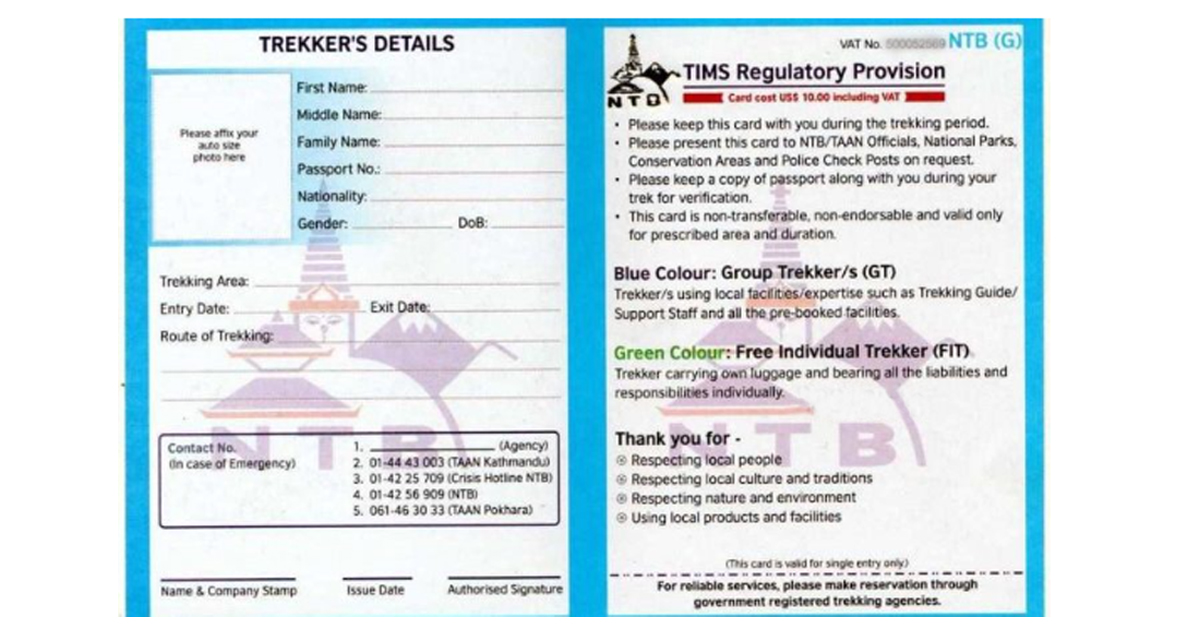
- Get Proper clothing and sturdy, comfortable trekking boots
- Pack some altitude medicine, such as acetazolamide (commonly called Diamox), and grab your first aid kit.

Final Thoughts
A teahouse trek in Nepal is the perfect balance between raw nature and cultural hospitality. You won’t find luxury, but you’ll find something richer: stories, smiles, simplicity, and soul.
Whether you’re watching the sun rise over the Annapurnas or sipping butter tea in the Khumbu, Nepal’s teahouses make every step memorable. You will also have an option to choose luxury on a trek; however, the teahouse trek has its perks.
Experience the local life of the Nepali people!
FAQs
Expand AllWhat is a teahouse trek in Nepal?
A teahouse trek is a trekking style where hikers stay in small, locally run accommodations called teahouses along the trail. These teahouses provide local meals, sleeping accommodations, and a chance to experience local hospitality.
How do teahouse treks work in Nepal?
During the trek, trekkers trek and hike from place to place, staying overnight in teahouses. Each evening, trekkers get a room in twin-sharing, order meals, and rest before continuing the trek the next day.
How much does a teahouse trek cost in Nepal?
The cost of a treehouse differs from place to place and region to region. The costs include various elements such as food, accommodation, Wi-Fi, hot water, and so on. A typical teahouse trek costs between $25 and $60 per day.
What meals are available during a teahouse trek?
Teahouses usually serve traditional Nepali dal bhat with lentils and pickle. In addition to that, they also have the following on their menu:
- Fried rice, pasta, noodles
- Chapati, pancakes, porridge, toast
- Tea, coffee, hot lemon, garlic soup
What should I expect in terms of facilities in a teahouse?
You can expect basic facilities of small shared rooms (may be private, with an additional charge), shared toilets, solar-powered lighting, and a warm hall to dine and have a conversation. Some teahouses also have a Wi-Fi connection, depending on the region. Luxury options are available in some regions.
What is the difference between a teahouse trek and a luxury lodge trek?
Luxury treks are more expensive and only available on select routes. Luxury treks provide high-end rooms with attached bathrooms, better meals, and more comfort. However, teahouse treks have simple lodging, shared toilets, and standard meals at a reasonable price.
Are there teahouse options in the Langtang Valley trek?
Yes, there are well-established teahouses in the Langtang Valley trek, such as Lama Hotel, Langtang village, and Kyanjin Gompa.
Related blog posts
Discover a choice of tourist destinations loved by most of our visitors. Whether you're on a jungle safari to spot rare animals or walking through a world heritage site, these well-planned itineraries cover the major highlights of Nepal.


